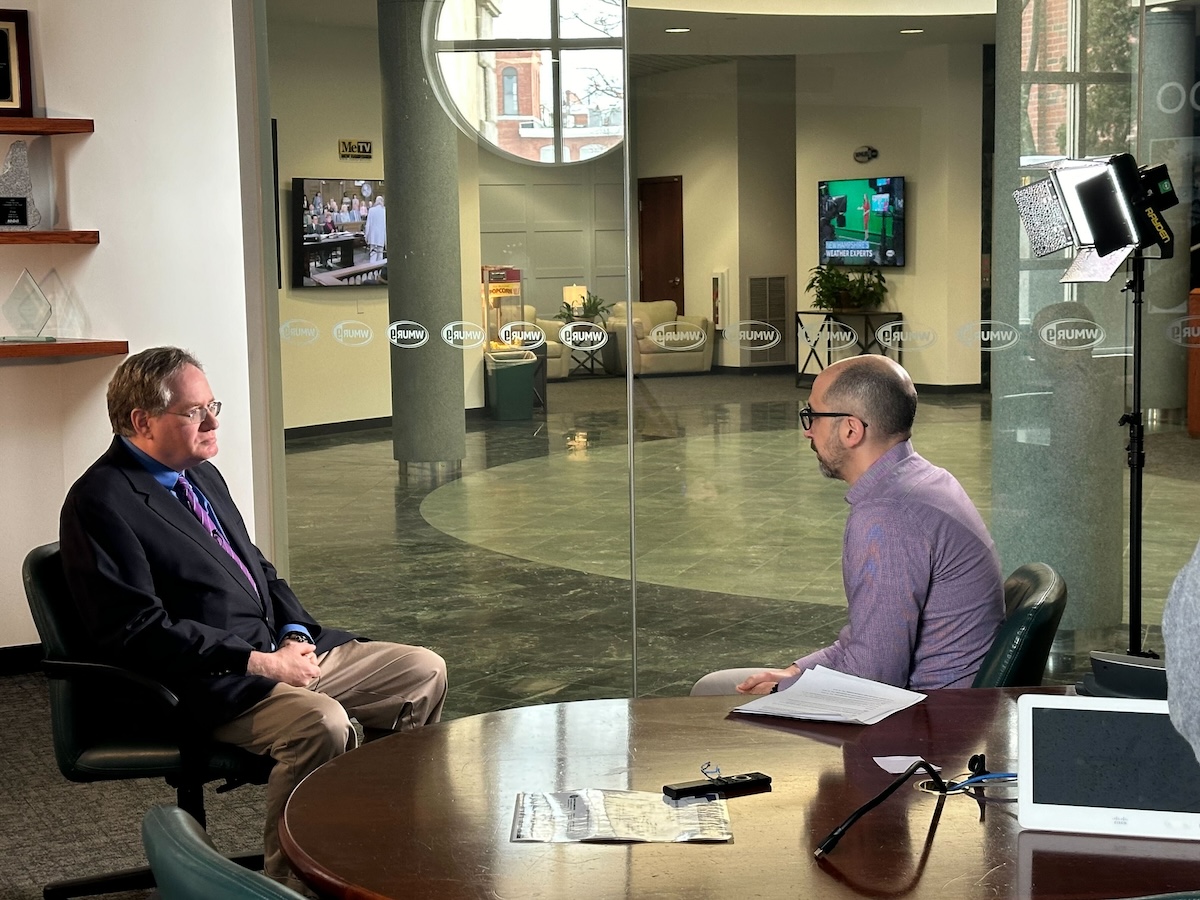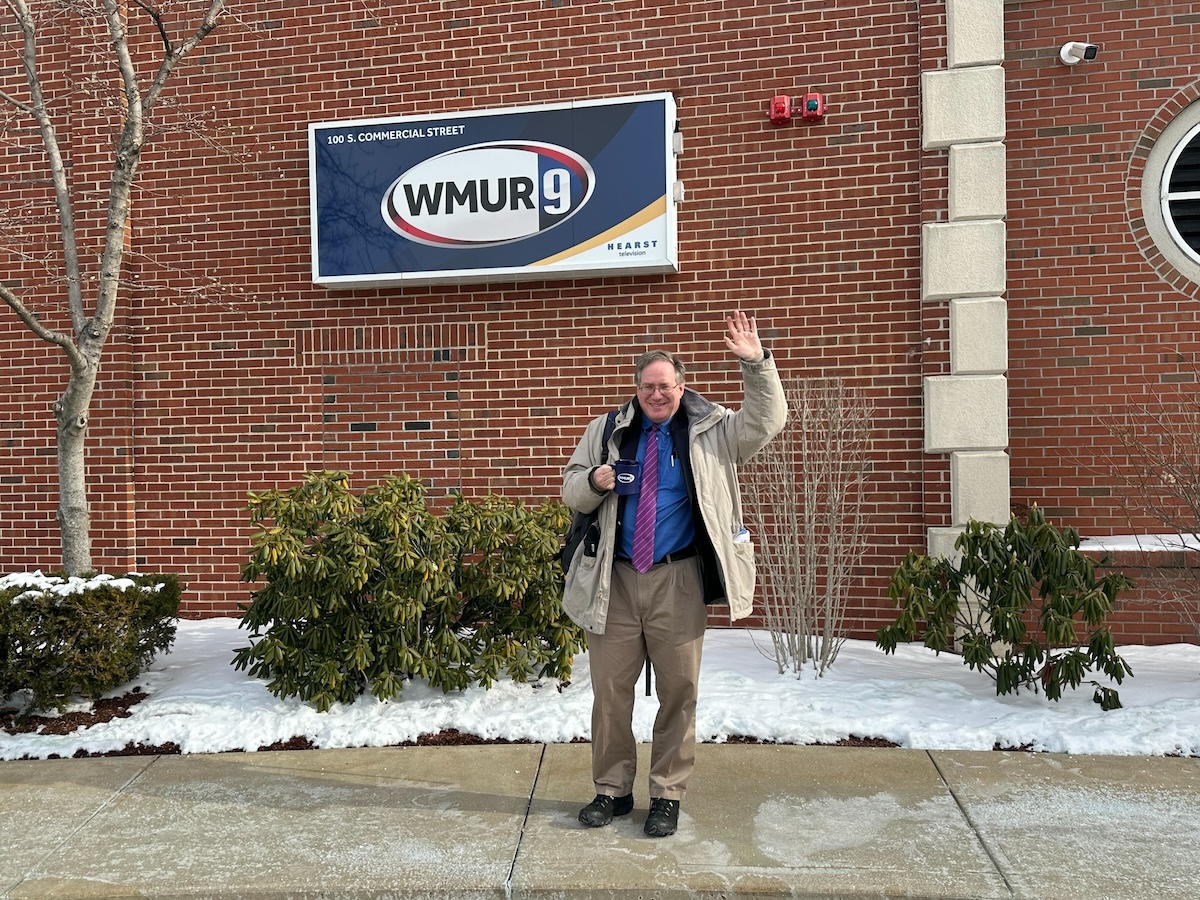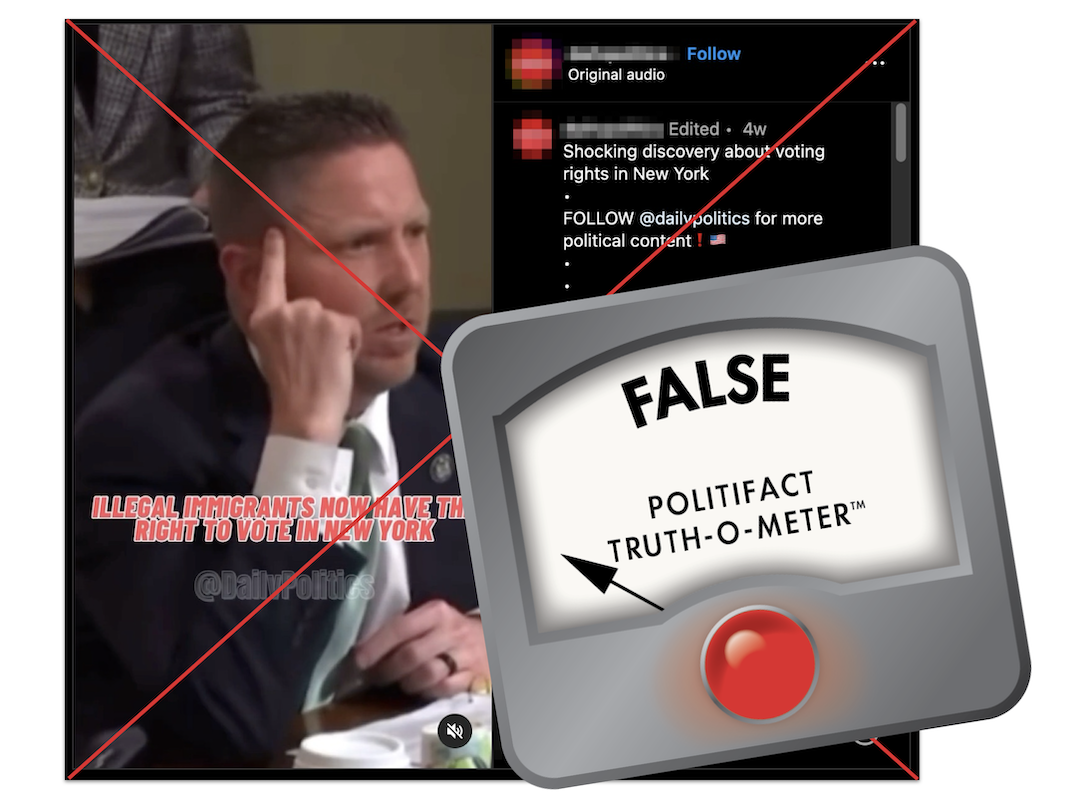PETERBOROUGH, N.H.: On her 52nd birthday, Republican presidential primary candidate Nikki Haley called out former President Donald Trump on his age and for confusing her with former House Speaker Nancy Pelosi, D-Calif.
Haley told supporters at the Monadnock Center for History and Culture that during a Jan. 19 rally, Trump, 77, blamed her for failing to secure the U.S. Capitol during the Jan. 6, 2021, insurrection.
“He went on and talked about how I kept the police from going into the Capitol on Jan. 6, went on and repeated that I didn’t do anything to secure the Capitol. Let’s be clear,” Haley said. “I wasn’t in the Capitol on Jan. 6. I wasn’t in office on Jan. 6. He mentioned it three times, he got confused.”
PolitiFact has fact-checked multiple misleading claims about Pelosi’s role regarding Capitol security on Jan. 6 and have found that this responsibility is shared, it is not solely the responsibility of the Speaker.
At her Peterborough rally, Haley also repeated many claims we’ve previously fact-checked, including statistics about illegal immigration and fentanyl seizures.
One voter PolitiFact spoke to outside the event told us she valued accuracy and wanted to know the context behind claims she often hears from candidates, including Haley.
Here are some of the statistics Haley cited, along with context.
“We had more fentanyl cross the border last year, that would kill every single American.”
There’s no way to know how much fentanyl crossed the border into the U.S. But, we do know how much fentanyl was stopped from getting into the country — 27,000 pounds in fiscal year 2023, which ended Sept. 30.
Fentanyl is a powerful synthetic opioid up to 100 times more potent than morphine. Its potency is what makes it so lethal. The U.S. Drug Enforcement Agency says 2 milligrams of fentanyl can be deadly for an adult. That means border officials seized more than enough fentanyl to kill every American (the estimated U.S. population is more than 333 million).
Yet, fentanyl’s lethality can vary based on its purity and a person’s height, weight and tolerance from past exposure, Timothy J. Pifer, director of the New Hampshire State Police Forensic Laboratory, told PolitiFact in 2019.
Also, just because enough fentanyl has been seized to kill every American does not mean every American has the same chance of dying of a fentanyl overdose, Dr. Andrew Stolbach, a toxicologist and emergency doctor at the Johns Hopkins Hospital, previously told us.
“That would assume that all that drug was somehow going to get into everybody,” Stolbach said.
Fentanyl overdoses are the “No. 1 cause of death for adults 18 to 45.”
We rated a similar claim Mostly True.
The Centers for Disease Control and Prevention collects data on the leading causes of death nationwide, but it doesn’t keep tabs on which drugs cause the most fatalities.
Instead, fentanyl deaths fall under the broader category of “other synthetic narcotics,” Brian Tsai, a spokesperson with the CDC’s National Center for Health Statistics Public Affairs Office told PolitiFact in April. Fentanyl comprises about 90% of the deaths in that narcotics category, Tsai said.
For the 18 to 45 age group, Tsai said, the leading cause of death was “accidents (unintentional injuries).” Within the several subcategories under “unintentional injuries,” “unintentional drug overdoses,” is the largest proportion, and “synthetic narcotics,” is the No. 1 category.
Medical experts previously told PolitiFact that although the statistic is likely right, data collection limitations make it difficult to know with certainty.
“Only 31% of eighth graders in our country are proficient in reading. Only 27% of eighth graders in our country are proficient in math.”
Haley’s statistics are accurate.
To compare test scores among the states, researchers and politicians typically point to the National Assessment of Educational Progress (NAEP), which tests public school students’ progress in a variety of subjects, including English and math. The national tests focus on certain grade levels and are administered every other year.
In 2022, 31% of eighth grade students performed at or above the NAEP proficient level on the reading assessment, which was 3 percentage points lower compared with 2019, the previous assessment year.
In 2022, the percentage of eighth-grade students performing at or above the NAEP proficient level in mathematics was 26% .
Martin West, an education professor at the Harvard Graduate School of Education, told Education Week in October 2022 that fourth and eighth grade reading and math NAEP scores “are down substantially.”
“And they are down nearly everywhere: Every state (and the District of Columbia) saw scores drop by a statistically significant amount on at least one of the four tests administered this spring,” said West, a member of the National Assessment Governing Board, which oversees NAEP.
Proficient on NAEP does not mean grade level performance — it’s significantly above that. “Using NAEP’s proficient level as a basis for education policy is a bad idea.”
Trump “actually said he wants to raise the retirement age to 70.”
Haley omits that Trump said this decades ago and this has not been his position for years.
Trump co-wrote the book “The America We Deserve,” which was published in January 2000 as he considered a bid for president as a Reform Party candidate. Weeks later, Trump said he wouldn’t run, declaring the Reform Party a “total mess.”
Fiscal responsibility was one of the book’s themes, and Trump warned that the Social Security trust fund would run out by 2030. (More than two decades later, the expected depletion date is around 2034, barring congressional action.)
“We can also raise the age for receipt of full Social Security benefits to seventy. This proposal would not include anyone who is currently retired or about to retire,” the book said.
Trump wrote: “A firm limit at age seventy makes sense for people now under forty. We’re living longer. We’re working longer. New medicines are extending healthy human life.”
RELATED: New Hampshire dispatch: Ron DeSantis, Nikki Haley and the tales of town halls
RELATED: Trump’s misleading claim that Haley is seeking Democrats to ‘infiltrate’ New Hampshire’s GOP primary
 Senior Correspondant Louis Jacobson films a segment with our New Hampshire partner, WMUR-TV. (Ellen Hine/PolitiFact)
Senior Correspondant Louis Jacobson films a segment with our New Hampshire partner, WMUR-TV. (Ellen Hine/PolitiFact) Lou is heading home after a long week of fact-checking in New Hampshire. (Ellen Hine/PolitiFact)
Lou is heading home after a long week of fact-checking in New Hampshire. (Ellen Hine/PolitiFact) Staff Writer Maria Ramirez Uribe, left joined me and Senior Correspondent Amy Sherman on Friday in Manchester., N.H. (Ellen Hine/PolitiFact)
Staff Writer Maria Ramirez Uribe, left joined me and Senior Correspondent Amy Sherman on Friday in Manchester., N.H. (Ellen Hine/PolitiFact) Thanks for coming along on this journey with me, readers! (Ellen Hine/PolitiFact)
Thanks for coming along on this journey with me, readers! (Ellen Hine/PolitiFact)